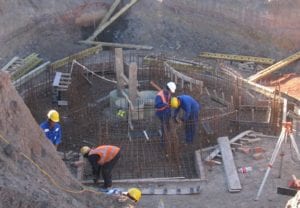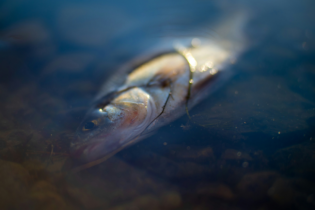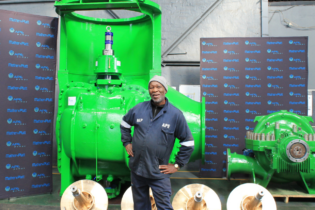The Homevale waste water treatment works (WWTW), in the Northern Cape, have undergone a significant upgrade to address the critical needs of the population growth in the area, whilst ensuring that the surrounding environment is not compromised.
The capacity of the works, have been increased by fifty per cent, which will ensure that whilst today’s needs are met, waste water from future developments taking place in the area will also be accommodated for. The upgrade to the infrastructure at the Homevale WWTW is an additional phase of the Kamfers Dam project. Previously, partially treated sewage was being discharged directly into Kamfers Dam.The upgrade
According to Fiberpipe’s Field Services Manager Roy Caldeira, the upgrade to the Homevale WWTWs was undertaken for two main reasons. “Firstly, to increase the treatment capacity of the works so that Kimberley’s waste water can be treated to an acceptable standard required by the Department: Water and Sanitation. Then, from an environmental perspective, to significantly improve the quality of waste water being discharged,” says Caldeira. Effluent will no longer be pumped to the Kamfers Dam, but will be discharged into the Vaal River via a 25km pipeline. The Vaal River is an important eco system and source of water. It supplies water to more than 12 million consumers in Gauteng and surrounding areas. Fiberpipe’s involvement in the Homevale WWTW upgrade started in 2013 and the company supplied their GRP Flowtite pipes for this project. Caldeira provides the technical specifications of their product used in this project.“A total 584m of DN 1200, 600, 800 and 1000 mm Flowtite pipes have been used in various stages of the project. For this project the pressure is at 6 bar and the stiffness at 5000 n/m”.








